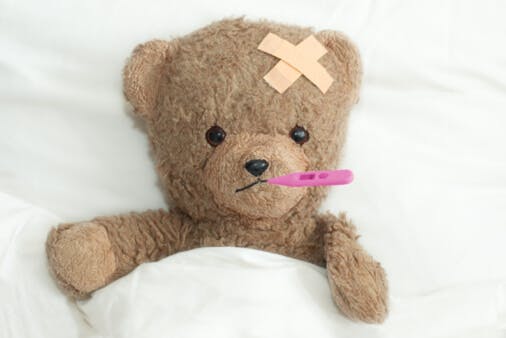A True Lifesaver

A major change in lifesaving recommendations was made in July 2003. Amazing machines called automated external defibrillators or AEDs can be found in an increasing number of public places. These machines have pads or paddles that can be placed on the chest during a life threatening emergency. They use sophisticated computer algorithms to automatically determine the type of heart rhythm and to administer a sudden shock if, and only if, that shock is needed to get the heart back into the right rhythm.
How great that these machines are becoming more widespread! Most people in ventricular fibrillation cardiac arrest will survive if shocked within 3 minutes. By 12 minutes, fewer than 5 percent survive. The machines are now available for as little as $1000. But these lifesaving machines were originally designed for adults, not for children.
What happens if a tragedy sends a 7-year old into cardiac arrest? Or a preschool child falls in a pool? Or a toddler chokes? Will these machines correctly determine heart rhythms in a child? And what if they do? We know that too much electricity can permanently damage the heart muscle. If the pads do administer a shock, will the adult-sized shock do more harm than good? Because of these concerns, AEDs have not been recommended for children under age 8 – until now!
After examining all of the available data on what happens when a child goes into cardiac arrest, the Pediatric Advanced Life Support (PALS) Task Force of the International Liaison Committee on Resuscitation (ILCOR) came out with dramatic new 2003 guidelines. Ideally, AEDs should be designed to detect pediatric rhythms and to deliver child-size shocks to children when needed.
Nevertheless, available AEDs should be used for all children past the first birthday who have no pulse or other sign of circulation (currently there is not enough data to recommend for or against their use in children under age 1). If a lone rescuer is caring for the child, the task force recommends 1 minute of CPR before any other action, including calling 911 or using the AED.
I hope that AEDs soon become even more common in public places, and eventually in homes. I hope that more and more of these have pediatric pad/cable systems. And in the meantime, I urge parents to take the time to learn child CPR if they haven’t already. This jewel of knowledge is something no parent should be without.


